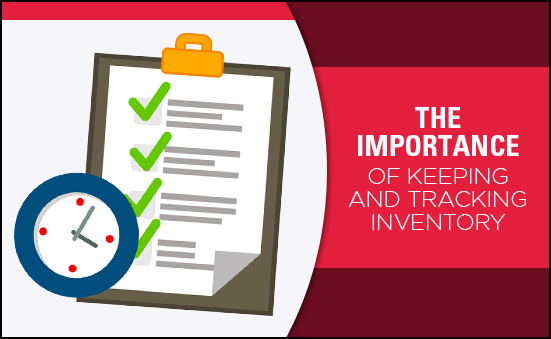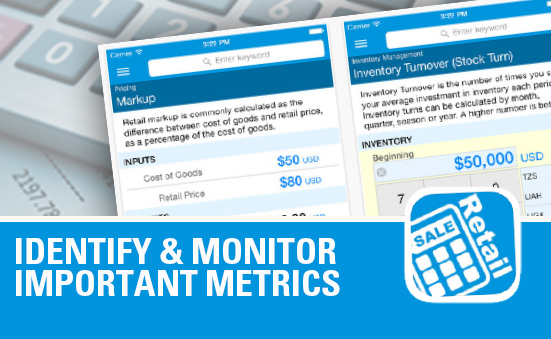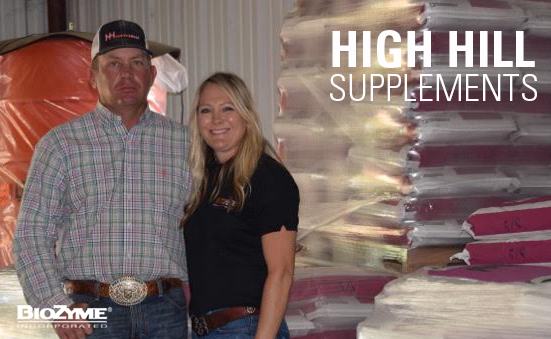Developing an inventory calendar can be useful for more than just inventory management. It can serve as the framework and guide for your marketing schedule as well. It makes sense to align marketing and promotion with the inventory you’re housing at the time and to be prepared to turn seasonal stock as quickly as possible.
You know you have the inventory, so why do you need the marketing plan? You surely don’t want to set on the inventory you have for long, and you don’t want to be short on inventory for specific seasons of high demand like breeding, weaning or calving, for example. That is why it is vital to have a marketing plan, which often is synergistic with the inventory you maintain.
Create a Marketing Strategy
Before you create a marketing calendar, it’s important to decide on an overall marketing strategy. Some questions to ask yourself include:
• What is your estimated marketing budget for the entire year?
• Who is your target audience?
• How frequently will you promote your company?
• When is your peak demand? Factor in different times of the year, such as weaning, calving or fairs.
• What kind of media will you use? See the list below.
Once you have answered some of the above questions and have started thinking about your strategy, you can star planning your marketing calendar. Consistency is often one of the biggest struggles for dealers and establishing a marketing plan can give you a guide to follow to help you stay on course and in front of your customers in the most effective way possible.
First, establish the list of marketing tools you plan to use to reach your customers. That list may look something like this:
• Radio Ads
• Social Media – Promoboxx, Facebook, Twitter
• Email Marketing
• BioZyme Quarterly Mailers
• Print advertisements
Next, reference your inventory calendar to know what items you should be promoting for that respective month. Promotions need to be done in advance of your selling season to prepare customers, so it’s always good to set your marketing plans in advance. A general rule of thumb is to begin talking about products six weeks to a month before that buying season really starts to take off. Your customers and prospective customers are studying and researching the next product they’re going to use well in advance of making a purchase.
An inventory calendar will help paint a visual picture of the opportunities you have to focus on, what promotional efforts could be combined or if it is necessary to run multiple campaigns simultaneously. Obviously, margin and/or volume will factor into your focus each month, but don’t leave out ‘door-opener’ products that could generate traffic or interest as well. And don’t forget to have inventory for any cross promotion or upselling opportunities that you plan to promote.
Once you’ve established your product focus for the month, detail your marketing plan to include specific tactics, contacts you need to reach out to, deadlines, etc. If you haven’t, be sure to sign up for Promoboxx to get the most updated BioZyme content. In addition, coordinate with your ASM to have any custom materials designed to help you spread your specific message.
At the end of the month, you should revisit each marketing medium used and analyze its effectiveness so you can make any necessary adjustments for coming months. As you review your marketing calendar, be sure to also revisit your inventory schedule to make sure you have everything on hand so you can meet the demands of your future marketing plans.







